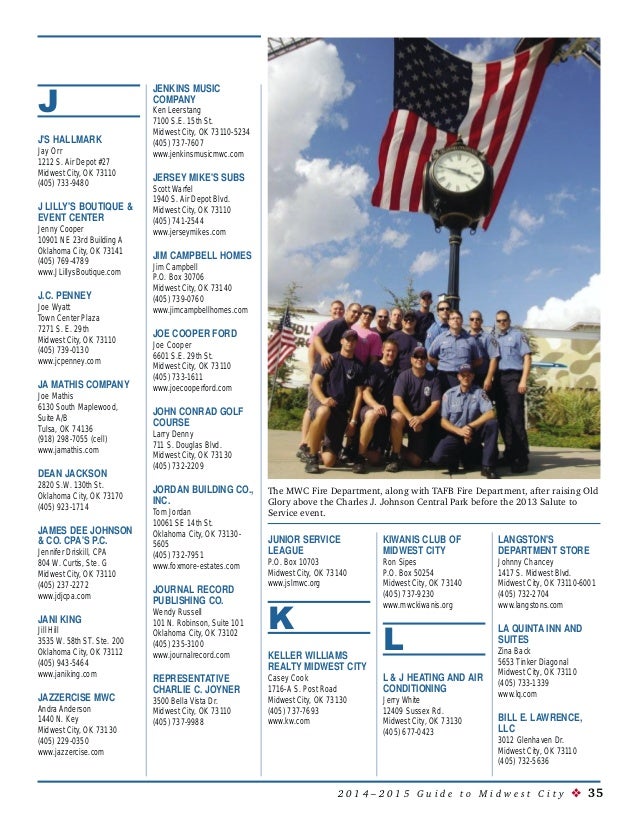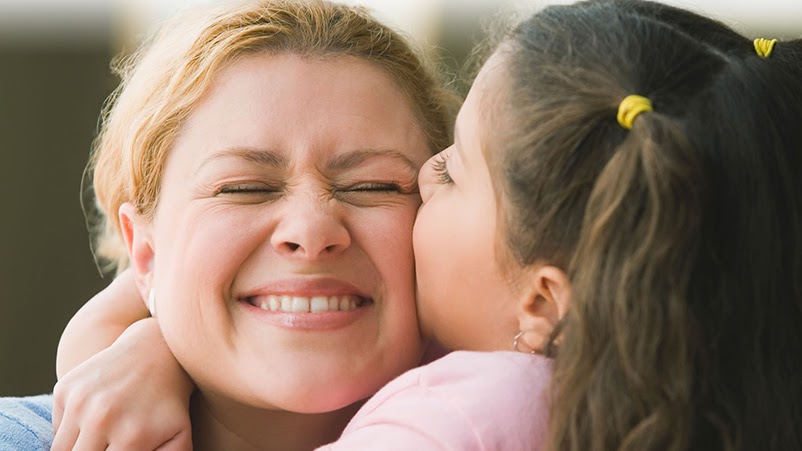The Orphan Train Movement was a supervised welfare program that transported orphaned and homeless children from crowded Eastern cities of the United States to foster homes located largely in rural areas of the Midwest. The orphan trains operated between 1853 and 1929, relocating about 200,000 orphaned, abandoned, or homeless children.
Two charitable institutions, the Children's Aid Society (established by Charles Loring Brace) and later, the New York Foundling Hospital, endeavored to help these children. The two institutions developed a program that placed homeless, orphaned, and abandoned city children, who numbered an estimated 30,000 in New York City alone in the 1850s, in foster homes throughout the country. The children were transported to their new homes on trains that were labeled "orphan trains" or "baby trains". This relocation of children ended in the 1920s with the beginning of organized foster care in America.

Background
In the mid 1800s many children in New York City lived in poverty with parents who abused alcohol, engaged in criminal activity, and were otherwise unfit parents. Many of these unwanted kids had been in trouble with the law. Others were orphaned when their parents died in epidemics of typhoid, yellow fever or the flu. According to an essay written by Brace in 1872, one crime-and-poverty-ridden area around Tenth Avenue was referred to as "Misery Row". Misery Row was considered to be a main breeding ground of crime and poverty, and an inevitable "fever nest" where disease spread easily. Orphans or runaways found themselves drifting into this destitute area, as well as the old sheds of Eighteenth and Nineteenth Streets. Such was the severity of child poverty in 1854 that the number of homeless children in New York City was estimated as high as 34,000. They were often referred to as "street urchins".
Orphan asylums and almshouses were the only "social services" available for poor and homeless children. Brace did not believe that these were worthwhile institutions because they merely served the purpose of feeding the poor and providing handouts. He felt that such institutions only deepened the dependence of the poor on charity. Brace was also influenced by the writings of Edward Livingstone, a pioneer in prison reform who believed that the best way to deal with crime and poverty was to prevent it. Brace focused on finding jobs and training for poor and destitute children so they could help themselves. His initial efforts in social reform included free kindergartens, free dental clinics, job placement, training programs, reading rooms, and lodging houses for boys.
Dental Depot Midwest City Video
History
Brace believed that institutional care stunted and destroyed children. In his view, only work, education and a strong family life could help them develop into self-reliant citizens. Brace knew that American pioneers could use help settling the American West, so he arranged to send the orphaned children to pioneer families. "In every American community, especially in a Western one, there are many spare places at the table of life," Brace wrote. "They have enough for themselves and the stranger too." The "placement" of orphans was not an entirely original idea as there had been similar efforts tried in Boston as early as the mid 1840s. Many were sent west to find families and new homes, on trains that became known as "orphan trains".
The arrangements for placing orphan children varied. Sometimes they were pre-ordered by couples; at other times a local screening committee tried to make sure the children would be given to good parents; at other times the scene was more random.
The Children's Aid Society (CAS) made arrangements with train companies for the children (in groups ranging in size from three to 35, along with at least two adult agents) to travel in regular passenger coaches,. Brace received special discounts on fares for the orphan children from the railroads. Whole coaches were sometimes filled with children. Prior to departure, they were bathed, given new clothes, a coat, often a Bible, and reminded of good manners. The trains transported children from lodging houses, orphanages, private homes or the street, bringing them to towns where local organizers had created interest in the program. Notices were posted around town and in newspapers, informing locals when the children would arrive and of the viewing location. At towns along the route, the children assembled at the train station or were brought to opera houses, schools, or town halls for the community to meet and interview.
The first "train" went out from The Children's Aid Society on September 20, 1854, with 46 ten-to-twelve-year-old boys and girls bound for Dowagiac, Michigan. In January the society sent out two more parties of homeless children, both to Pennsylvania. It became the responsibility of the placing agent to "keep tabs" on each child they placed in a new home. The agent would make return trips to check on the children's welfare. If the placement was not working out, or the agent thought the child was being abused, he/she would then remove the child from its new home and try to find another family.
While the Boston plan had allowed for children to be taken on as "indentured servants", this was not an acceptable option for Brace. His "family plan" anticipated that families should provide for the "orphans" with the same food, clothing, education, spiritual training, etc. that they would for their own biological children. Sometimes this happened, sometimes it didn't. Because the majority of placements worked out well, the numbers of children riding the trains grew over time. An attempt was made to place non-English speaking children of immigrants with people who spoke their language. Older children placed by The Children's Aid Society were to be paid for their labors.
Two famous former orphan train riders are Governor John Green Brady of Alaska, and Governor Andrew Burke of North Dakota.
Other agencies also adopted the practice; Orphan Trains were also sent from Boston and Chicago.

Forwarding institutions
Some of the children who took the trains came from the following institutions: (partial list)

Foundling Hospital "Mercy Trains"
The New York Foundling Hospital was established in 1869 by Sister Mary Irene Fitzgibbon of the Sisters of Charity of New York as a shelter for abandoned infants. The Sisters worked in conjunction with Priests throughout the Midwest and South in an effort to place these children in Catholic families. The Foundling Hospital sent infants and toddlers to prearranged Roman Catholic homes from 1875 to 1914. Parishioners in the destination regions were asked to accept children, and parish priests provided applications to approved families. This practice was first known as the "Baby Train", then later the "Mercy Train." By the 1910s 1,000 children a year were placed with new families.

Decline
The Children's Aid Society and The New York Foundlining Hospital continued to "place out" children until 1930. The onset of the depression in made it extremely hard for families to consider "adding another mouth to feed", and foster care homes were beginning to replace the large orphanages of the past.
There was a strong demand from farmers who could not have children of their own, so the Foundling Hospital set up "baby trains" to take as many as a thousand children a year west to Catholic farm families recommended by local priests. If there was a problem, the Foundling Hospital sent out agents to move the child to a better family. The program lasted until the 1920s, when policy shifted to using orphanages and foster homes in New York.

Legacy
Roberta Lowrey, genealogist and great-granddaughter of a train rider, noted that child labor was a fact of life, "whether you were an orphan train rider, or whether you were born into a farm family in the Midwest, or a cotton-picking family in Texas, or a corn-growing family in Iowa."
According to Stephen O'Connor, although the majority of children placed by the CAS went to the Midwest and West, the state that received the greatest number by far (nearly one-third of the total) was New York. Connecticut, New Jersey, and Pennsylvania also received substantial numbers of children.
Historians who have studied the records of the Children's Aid Society closely have concluded that the largest number of orphan train children were temporarily transferred or shared, not given up. Most children were not permanently separated geographically or culturally, from their parents and communities of origin. Well into the twentieth century, impoverished but resourceful parents took advantage of the services for their own purposes, including temporary caretaking during periods of economic crisis and apprenticeships that helped children enter the labor market. Many poor parents had no intention of losing track of their children, and they usually did not, even in the case of very young children placed permanently for "adoption."
Despite problems, the system provided the best chance for many children. While some of the riders expressed sadness at being separated from siblings during the process because the foster parents wanted to take only one child, as often, they speak with gratitude toward their foster families. Linda McCaffery, a professor at Barton County Community College notes a broad range of experiences diverse as the quarter million orphans who rode the trains. "Many were used as strictly slave farm labor, but there are stories, wonderful stories of children ending up in fine families that loved them, cherished them, [and] educated them." Lowrey points out, "They were so much better off than if they had been left on the streets of New York. ... They were just not going to survive, or if they had, their fate would surely have been awful."
D. Bruce Ayler writes, "The Orphan Trains were needed at the time they happened. They were not the best answer, but they were the first attempts at finding a practical system. Many children that would have died, lived to have children and grandchildren. It has been calculated that over two million descendants have come from these children. The trains gave the children a fighting chance to grow up.

Organizations
The Orphan Train Heritage Society of America (OTHSA), is headquartered in Springdale, Arkansas.
The National Orphan Train Complex, also known as the "National Orphan Train Museum and Research Center", is located in Concordia, Kansas. The Museum and Research Center is dedicated to the preservation of the stories and artifacts of those who were part of the Orphan Train Movement from 1854-1929. The museum is located at the restored Union Pacific Railroad Depot in Concordia which is listed on the National Register of Historic Places. The Complex in maintains an archive of riders' stories and houses a research facility. Services offered by the museum include rider research, educational material, and a collection of photos and other memorabilia.
Media references
- "Extra! Extra! The Orphan Trains and Newsboys of New York" by Renée Wendinger, is an unabridged nonfiction resource book and pictorial history about the orphan trains. ISBN 978-0-615-29755-2
- Good Boy (Little Orphan at the Train), Norman Rockwell painting
- "Eddie Rode The Orphan Train", song by Jim Roll and covered by Jason Ringenberg
- Orphan Train, a 1979 television film directed by William A. Graham.
- "Rider on an Orphan Train", song by David Massengill
- Orphan Train, a 2013 novel by Christina Baker Kline
- Placing Out, 2007 documentary sponsored by the Kansas Humanities Council
Are You Looking for Products
Here some products related to "Orphan Train".
* amzn.to is official short URL for Amazon.com, provided by Bitly
Get these at Amazon.com
Source of the article : here



EmoticonEmoticon